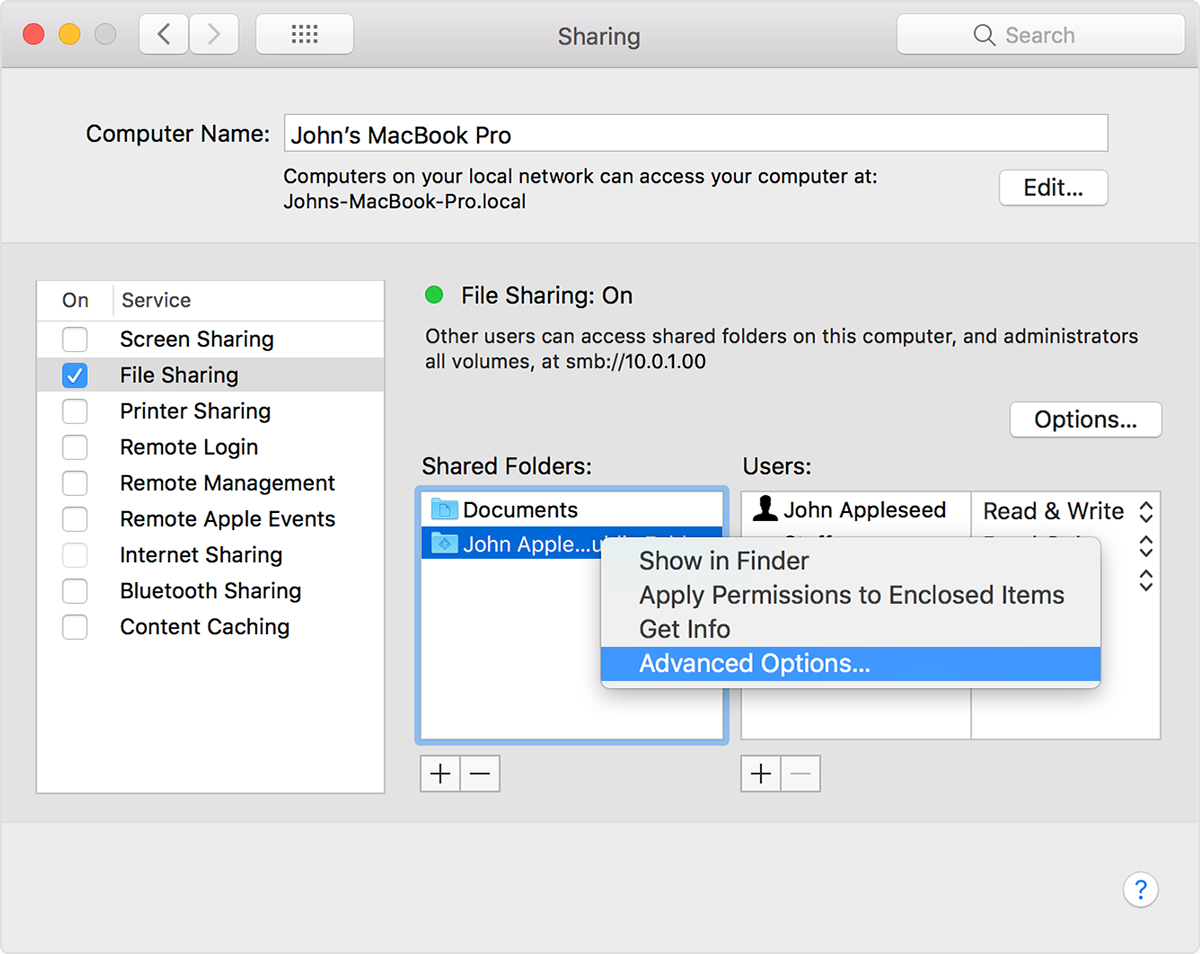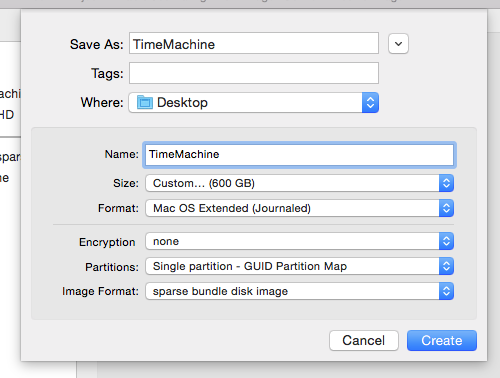
Network-attached storage (NAS) device that supports Time Machine over SMB.External USB, Thunderbolt or FireWire drive connected to your Mac.

The drive can be directly connected to your Mac or connected via your network. You can find an external hard drive or SSD for relatively little, and we even have a handy guide to the best drives. For example, if your Mac has 512GB of storage, you'll want a 1TB drive. Once the backup drive is full, it will make room by deleting the oldest backups.Īs far as how big of a drive to get, the rule of thumb is 1.5 to 2 times the size of your Mac's hard drive. Once Time Machine is set up, it will create and store one backup every hour for the past 24 hours, daily backups for the past month and one backup a week for all previous months until it runs out of space.

In fact, when you connect an external hard drive or SSD to your Mac, you may see a prompt asking if you want to use the drive with Time Machine. You don't have to do a thing after the initial setup process, which takes just a few minutes.īelow I'll walk you through using Time Machine, cover how to check what iCloud is keeping a backup of and for those who want some extra assurance, how to back up your Music library.Īs long as it knows where to store the files, Time Machine can be set to periodically backup your computer, though you can also manually trigger a backup.

Apple makes backing up relatively painless by including its Time Machine app in the Mac operating system, which you can schedule to run a full backup of your Mac.


 0 kommentar(er)
0 kommentar(er)
